The Golden Secret: Classic Buttery Pound Cake Recipe
Baking a classic buttery pound cake demands precision and love for timeless desserts.
Rich aromas fill kitchens with nostalgic memories of grandma’s cherished treats.
Smooth butter and delicate flour combine to create a moist, tender masterpiece.
Delightful simplicity characterizes this traditional recipe that celebrates pure baking magic.
Careful measurements ensure each slice melts perfectly on your tongue.
Generations have treasured this comforting dessert for its incredible richness and subtle sweetness.
You can recreate this beloved classic in your own kitchen with just a few simple ingredients.
Slice into pure deliciousness and savor every crumbly, buttery moment.
Buttery Pound Cake Comforts
Ingredients for Classic Buttery Pound Cake
Cake Base:Dry Ingredients:Liquid and Flavor Enhancers:How to Bake Classic Buttery Pound Cake
Step 1: Prepare the Oven and Pan
Crank up your oven to a toasty 350F (175C).
Lovingly coat a 9×5-inch loaf pan with butter and dust it with a light layer of flour, ensuring every nook and cranny is protected.
Step 2: Create a Fluffy Butter Base
Grab a spacious mixing bowl and transform butter and sugar into a cloud-like, airy mixture.
Beat them together until they become light, creamy, and irresistibly smooth.
Step 3: Incorporate Eggs Gently
Crack eggs one by one into the butter mixture.
Blend each egg thoroughly, allowing it to integrate completely before adding the next.
This careful approach ensures a silky, uniform batter.
Step 4: Combine Dry Ingredients
In a separate bowl, whisk together these dry ingredients:Gradually fold the dry mixture into the butter blend, alternating with splashes of milk.
Stir in the vanilla extract for an extra layer of warmth and flavor.
Step 5: Fill the Pan
Pour the velvety batter into your prepared pan.
Use a spatula to spread it evenly, creating a perfectly smooth surface.
Step 6: Bake to Golden Perfection
Slide the pan into the preheated oven and bake for 55-60 minutes.
Your cake is ready when a toothpick inserted into the center emerges clean and pure.
Step 7: Cool and Enjoy
Let the cake rest in the pan for 10 minutes, allowing it to settle.
Gently transfer to a wire rack and let it cool completely.
Slice, serve, and savor each buttery, melt-in-your-mouth bite.
Tips for Moist Buttery Pound Cake
Storing and Reheating Buttery Pound Cake
Perfect Pairings for Buttery Pound Cake
Flavor Variations of Buttery Pound Cake
FAQs
The name comes from the traditional recipe that used a pound each of butter, sugar, eggs, and flour, creating a dense, rich cake.
Yes, but reduce or omit the added salt in the recipe to prevent the cake from becoming too salty.
The mixture should look light, fluffy, and pale yellow, with a smooth, almost whipped texture that increases in volume.
The careful mixing technique, using room temperature ingredients, and the right proportion of butter and flour create a soft, moist texture.
Print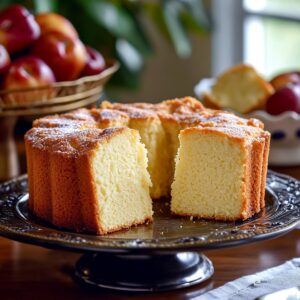
Classic Buttery Pound Cake Recipe
- Total Time: 1 hour 10 minutes
- Yield: 12 1x
Description
Sumptuous classic buttery pound cake whisks bakers into a world of rich, golden deliciousness. Dense, velvety slices promise pure comfort with each heavenly bite you’ll savor.
Ingredients
Main Ingredients:
- 1 cup (226 grams) unsalted butter, softened
- 4 large eggs
- 1 1/2 cups (300 grams) sugar
- 2 cups (240 grams) all-purpose flour
Liquid and Flavoring Ingredients:
- 1/2 cup (120 milliliters) whole milk
- 1 teaspoon vanilla extract
Leavening and Seasoning:
- 1/2 teaspoon baking powder
- 1/4 teaspoon salt
Instructions
- Thoroughly coat a 9×5-inch loaf pan with butter and flour, ensuring complete coverage to prevent sticking.
- Using an electric mixer, blend softened butter and sugar until the mixture becomes pale and dramatically increased in volume, creating a light, airy texture.
- Incorporate eggs individually, beating thoroughly after each addition to maintain a smooth, uniform consistency.
- Sift together flour, baking powder, and salt in a separate bowl to eliminate potential lumps and ensure even distribution of dry ingredients.
- Gradually fold dry ingredients into the butter mixture, alternating with milk to maintain a silky batter, then gently stir in vanilla extract for enhanced flavor complexity.
- Transfer batter to the prepared pan, using a spatula to spread evenly and create a perfectly level surface.
- Position pan in a preheated 350°F (175°C) oven, baking for approximately 55-60 minutes until a inserted toothpick emerges completely clean.
- Remove cake from oven and allow it to rest in the pan for 10 minutes, enabling initial cooling and structural stabilization.
- Carefully transfer cake to a wire cooling rack, letting it cool completely to room temperature before slicing and serving.
Notes
- Softening butter beforehand ensures smooth, even mixing and prevents lumpy batter.
- Room temperature eggs blend more easily and create a more uniform cake texture.
- Sifting dry ingredients removes clumps and helps achieve a lighter, more delicate crumb.
- Avoid overmixing batter after adding flour to prevent a tough, dense pound cake.
- Allow cake to cool completely before slicing to maintain its structural integrity.
- Store wrapped tightly at room temperature for up to 4 days to preserve moisture.
- For gluten-free version, substitute all-purpose flour with a 1:1 gluten-free baking blend.
- Add lemon zest or almond extract for subtle flavor variations without changing core recipe.
- Prep Time: 15 minutes
- Cook Time: 55 minutes
- Category: Desserts
- Method: Baking
- Cuisine: American
Nutrition
- Serving Size: 12
- Calories: 320
- Sugar: 24 g
- Sodium: 70 mg
- Fat: 16 g
- Saturated Fat: 10 g
- Unsaturated Fat: 4 g
- Trans Fat: 0 g
- Carbohydrates: 40 g
- Fiber: 0 g
- Protein: 3 g
- Cholesterol: 80 mg

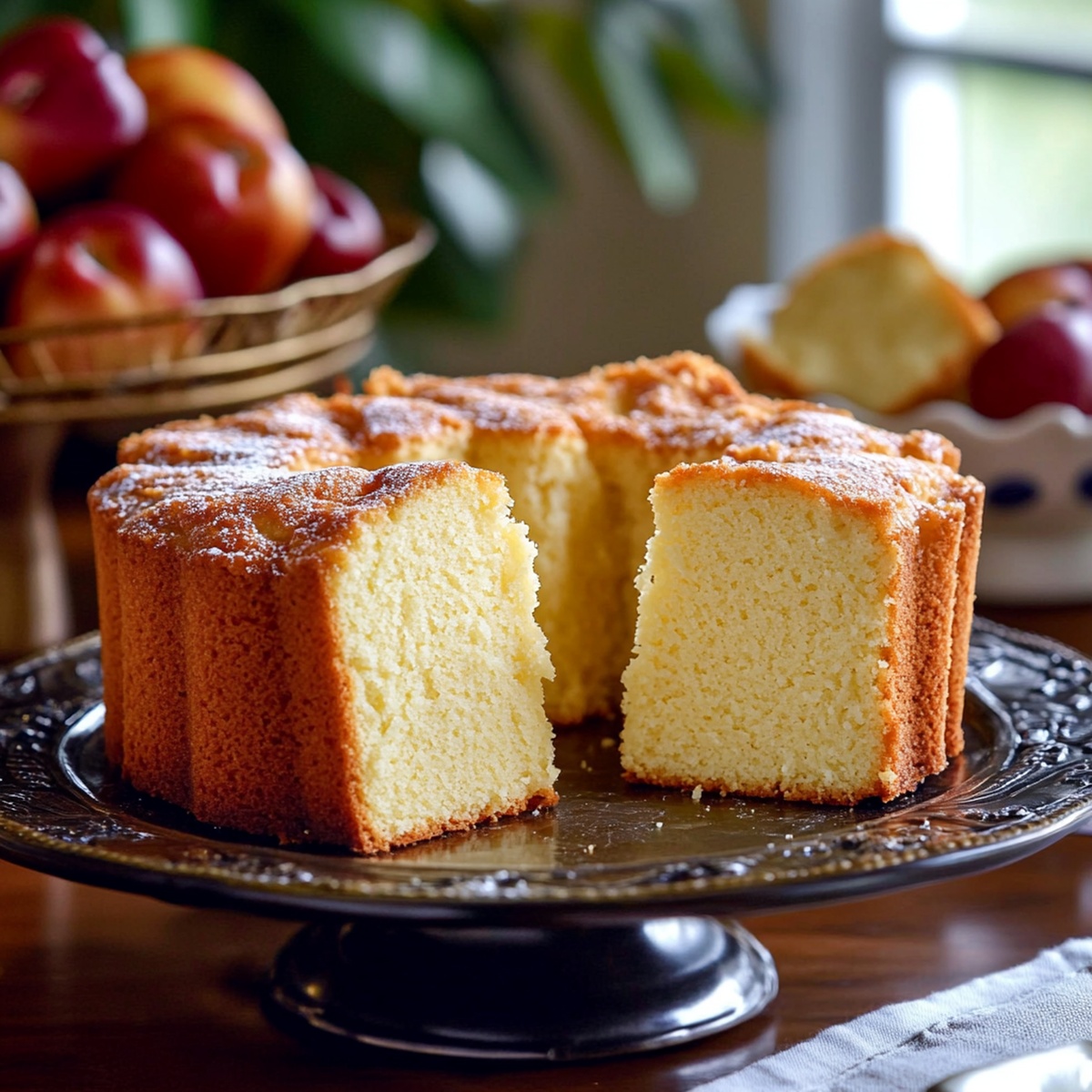
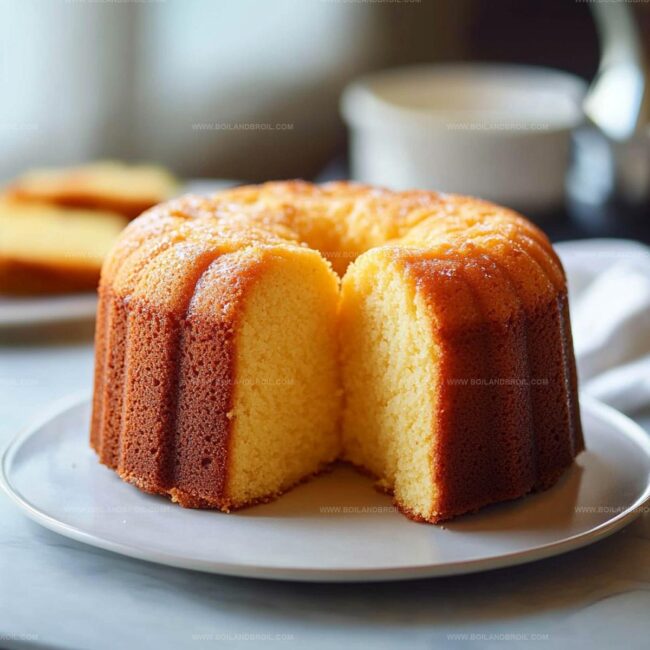
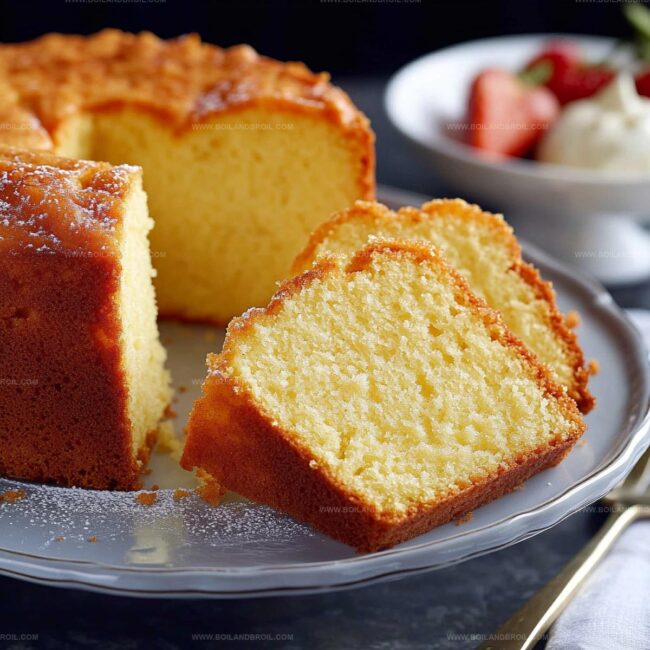
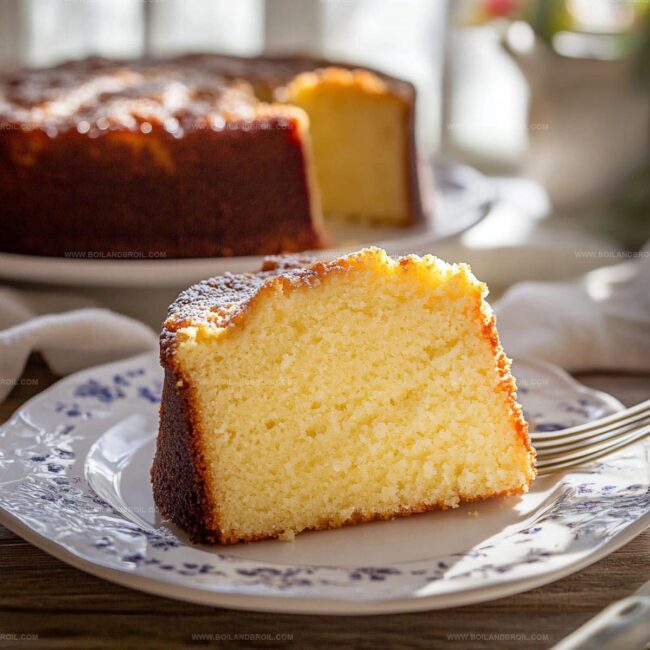
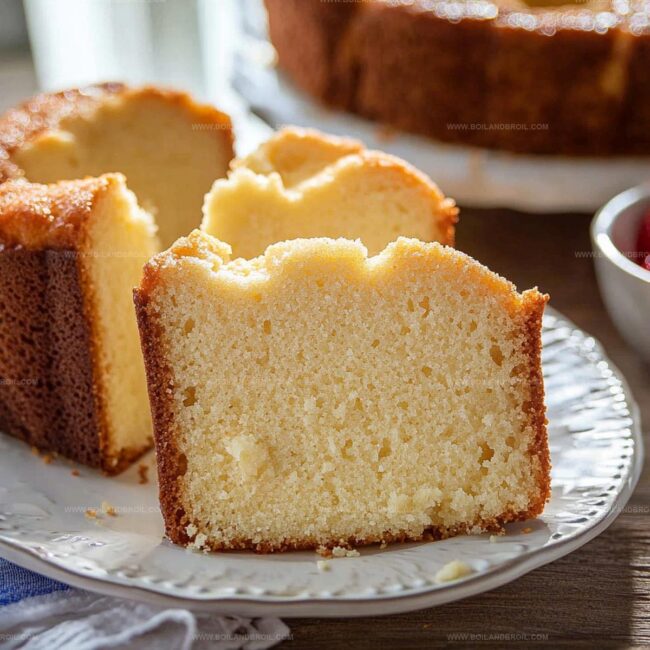
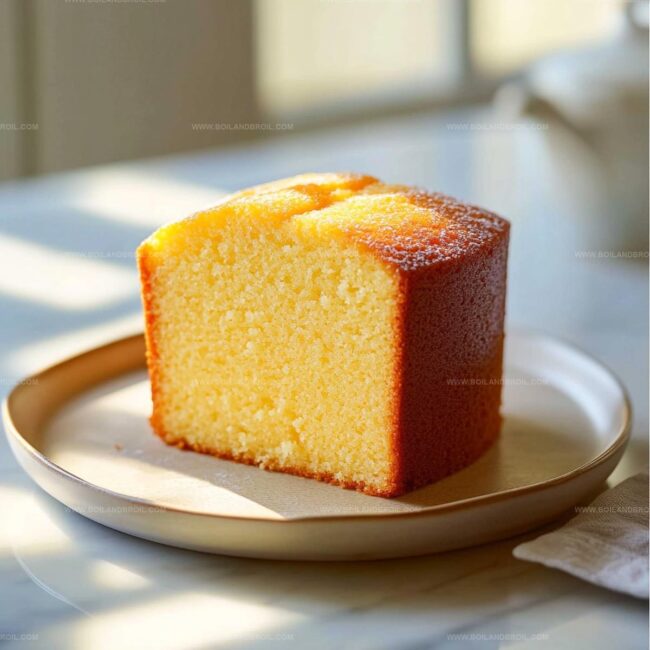
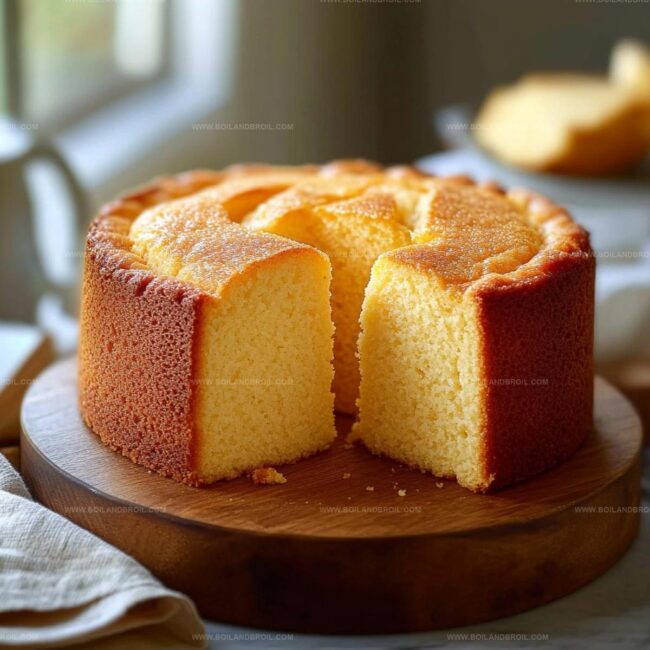
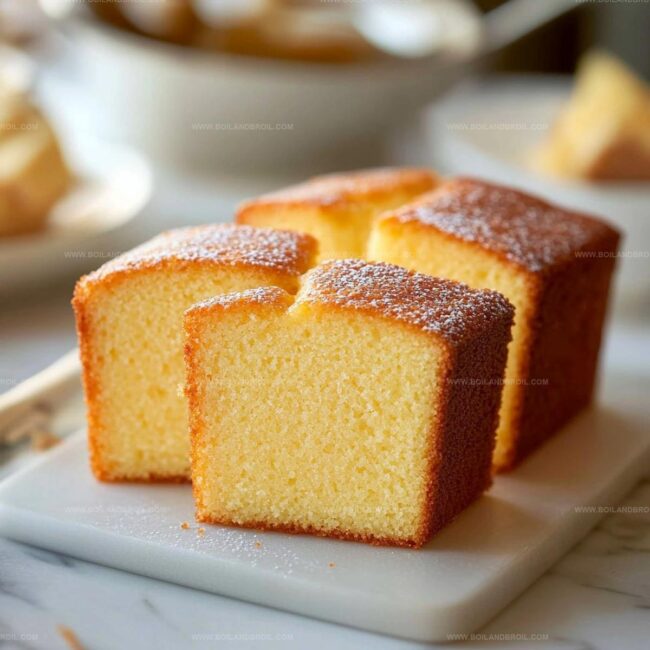
Jack Sullivan
Founder & Culinary Storyteller
Expertise
Single-recipe development with a narrative approach, Culinary storytelling and food history, Seasonal and regional ingredient utilization, Home cooking techniques adapted for modern kitchens
Education
New England Culinary Institute (Montpelier, VT)
Certificate in Culinary Arts
Focused on farm-to-table cooking, sustainable practices, and modern plating techniques.
Asheville-Buncombe Technical Community College
Associate Degree in Culinary Arts
Emphasized Southern Appalachian cuisine and local ingredient sourcing.
Jack grew up surrounded by smoky skillets and handwritten recipes in the mountains of North Carolina. His roots in Appalachian cooking shaped the way he sees food – as something that connects people, tells a story, and holds meaning.
With hands-on training and a background in sustainable, regional cooking, Jack started Boil And Broil to make meaningful meals more accessible. He’s all about one-dish recipes that are simple to follow but rich with flavor and history.